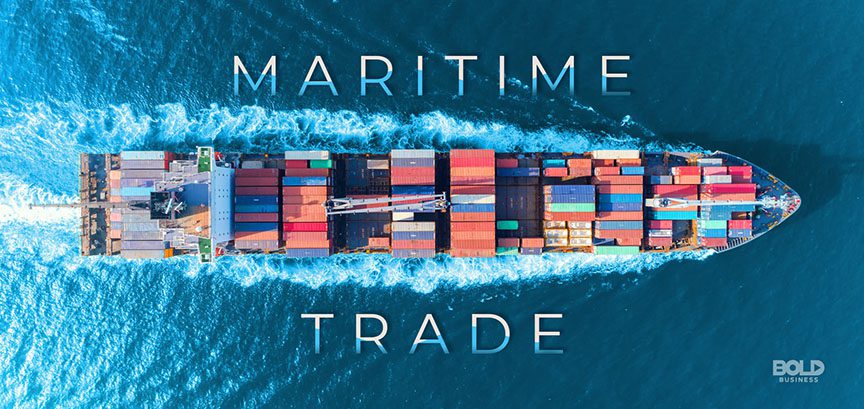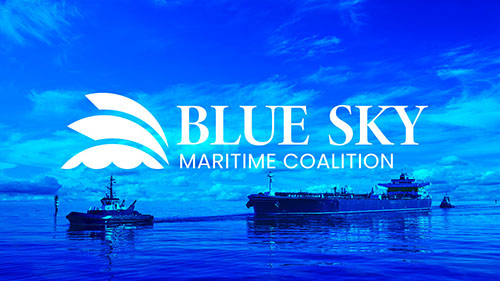- Port Administration and Jurisdiction
- Legal Boundaries:
- Port limits: 20°00’00″N to 20°08’00″N / 110°10’00″E to 110°20’00″E
- Extended jurisdiction:
- 20nm for pollution incidents
- 5nm for security enforcement
- New 2024: Special management zones:
- Wind farm area (19°58’00″N 110°20’00″E)
- Naval restricted zone (20°05’12″N 110°08’30″E)
- Vessel Traffic Management:
- Communication protocols:
- Primary: VHF Ch 12 (Port Operations)
- Secondary: VHF Ch 16 (Emergency)
- Pilotage: VHF Ch 67
- New: Backup emergency: VHF Ch 13
- Speed restrictions:
- Inner harbor: 8 knots (strictly enforced)
- Approach channels: 10 knots
- Anchorage areas: 4 knots when maneuvering
- Updated: 6 knots within 500m of fishing zones
- Communication protocols:
- Legal Boundaries:
- Environmental Compliance Framework
- Emission Control:
- ECA requirements (China MSA 2023-12):
- 0.1% sulfur fuel at berth (verified by BDN)
- Shore power connection:
- Container vessels >5,000 GT (from 2025)
- Cruise ships >10,000 GT (from 2026)
- New: Tankers >20,000 GT (from 2027)
- Monitoring systems:
- CEMS required for vessels >20,000 GT
- Continuous opacity monitoring for tankers
- New: NOx monitoring for vessels built after 2021
- ECA requirements (China MSA 2023-12):
- Waste Management:
- Zero discharge policy:
- MARPOL Annex I-VI strictly enforced
- Special areas:
- South China Sea (Annex V)
- Chinese ECA (Annex VI)
- Port reception facilities:
- Pre-arrival waste declaration (72h prior)
- Waste tracking receipts (2 year retention)
- New: Hazardous waste segregation requirements
- Zero discharge policy:
- Emission Control:
- Safety and Operational Standards
- Mooring Requirements:
- Standard configuration:
- Vessels <200m LOA: 4 headlines + 4 stern lines + 2 springs
- Vessels ≥200m LOA: 6 headlines + 6 stern lines + 4 springs
- Updated: Synthetic lines ≥200% safety factor
- Adverse weather:
- Typhoon: Additional 2 breast lines
- NE Monsoon: Hourly tension checks
- New: SW Monsoon: Anti-chafing gear required
- Standard configuration:
- Emergency Preparedness:
- Mandatory equipment:
- Portable gas detectors (tankers/bulk carriers)
- Emergency towing gear (>20,000 GT)
- Oil spill boom (>10,000 GT)
- New: Drone-based lifebuoys for passenger vessels
- Drill requirements:
- Monthly emergency drills (documented)
- Quarterly pollution response exercises
- Annual cyber incident drills
- New: Biennial mass rescue operations drill
- Mandatory equipment:
- Mooring Requirements:
- Security and Access Control
- ISPS Code Implementation:
- Security levels:
- Level 1: Standard measures (24h gangway watch)
- Level 2: Enhanced (biometric access + patrols)
- Level 3: Exceptional (full lockdown)
- Restricted areas:
- Naval facilities (500m exclusion)
- LNG terminal (300m exclusion)
- Container gantry zones
- New: UAV no-fly zone (1nm from facilities)
- Security levels:
- Cyber Security:
- Technical requirements:
- Network segmentation (OT/IT separation)
- Firewall protection for all interfaces
- New: Multi-factor authentication for critical systems
- Operational requirements:
- Monthly vulnerability scans
- Quarterly penetration tests
- Annual security audits
- New: Real-time intrusion detection systems
- Technical requirements:
- ISPS Code Implementation:
- Enforcement and Penalty System
- Port State Control:
- Inspection priorities (Paris MOU):
- High-risk vessels (target factor >50)
- Previous deficiency carriers
- Vessels >15 years old
- New: Random 10% of all visiting vessels
- Common deficiencies:
- Fire safety (SOLAS II-2)
- Life-saving appliances (SOLAS III)
- Pollution prevention (MARPOL)
- Structural integrity
- New: Cyber security systems
- Inspection priorities (Paris MOU):
- Penalty Structure:
- Level 1 (Minor):
- Warning notice
- 24h corrective period
- Level 2 (Major):
- Fines up to RMB 500,000
- Vessel detention
- Possible entry suspension
- Updated: Environmental violations:
- Triple standard fines
- Mandatory remediation
- Level 1 (Minor):
- Port State Control:
- Special Cargo Operations
- Dangerous Goods:
- Handling restrictions:
- Class 1: Daylight only (0600-1800)
- Radioactive: MSA escort required
- LNG: Xiuying Terminal exclusive
- New: Hydrogen carriers: Special berth allocation
- Documentation:
- IMDG-compliant manifest
- Vessel-specific emergency plans
- Cargo compatibility matrix
- New: Thermal stability certificate for certain chemicals
- Handling restrictions:
- Passenger Vessels:
- Enhanced requirements:
- Life-saving capacity: 150% of persons onboard
- Certified crowd management plans
- Medical facilities with trauma capability
- New: Anti-terrorism security screening
- Enhanced requirements:
- Dangerous Goods:
LEGAL FRAMEWORK AND REFERENCES
| Regulatory Area | Primary Legislation | Supporting Documents | Enforcement Standard |
|---|---|---|---|
| Navigation | China Maritime Code | IMO COLREGs IALA Guidelines |
MSA Directives |
| Safety | SOLAS Convention | Class Rules MSA Circulars |
PSC Inspections |
| Environment | MARPOL Convention | China ECA Rules IMO Guidelines |
MSA Environmental Dept |
| Security | ISPS Code | PFSO Rules BIMCO Standards |
Port Security Office |
| New: Cyber | IMO MSC.428(98) | IMO Guidelines Industry Standards |
MSA Technical Dept |
ENFORCEMENT CONTACTS
| Department | Primary Contact | Secondary Contact | Availability |
|---|---|---|---|
| Port State Control | +86 898 6862 5000 | psc@haikouport.gov.cn | 24/7 |
| Environmental | +86 898 6862 5001 | env@haikouport.gov.cn | 24/7 |
| Security | +86 898 6862 5002 | security@haikouport.gov.cn | 24/7 |
| Operations | +86 898 6862 5003 | ops@haikouport.gov.cn | 0600-2200 |
| New: Cyber Security | +86 898 6862 5004 | cyber@haikouport.gov.cn | 0800-2000 |
MARINER’S COMPLIANCE CHECKLIST
- Verify against latest MSA circulars
- Confirm real-time restrictions via VHF Ch 12
- Cross-check with vessel’s SMS
- Validate all certificates current
- New: Conduct pre-arrival cyber check





